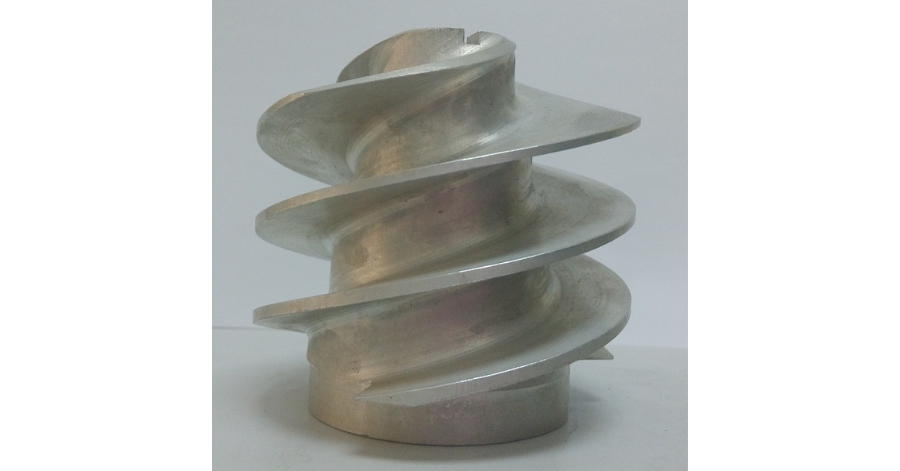Theory bites are a collection of basic hydraulic theory and will touch upon pump design and other areas of pump industry knowledge.
Inducers are used in the event of the danger of cavitation. They increase the pressure in the inlet area of the impeller.
An inducer is the axial inlet portion (Axial Impeller, propeller) of a centrifugal pump, the function of which is to raise the inlet head by an amount sufficient to prevent significant cavitation in the following pump stage.
It is located immediately upstream of the pump impeller, before the first stage in Multistage Pumps.
It is used in applications in which the inlet pressure of a pump is close to the vapor pressure of the pumped liquid. The inducer’s role is to reduce the NPSHR. This is achieved by increasing the static pressure upstream of the impeller.
One of the things to take into account when using an inducer is that it reduces the operating range.
For more details check out, Cavitation and The Centrifugal Pump: A Guide For Pump Users (Edward Grist).
Read more Theory Bites!




